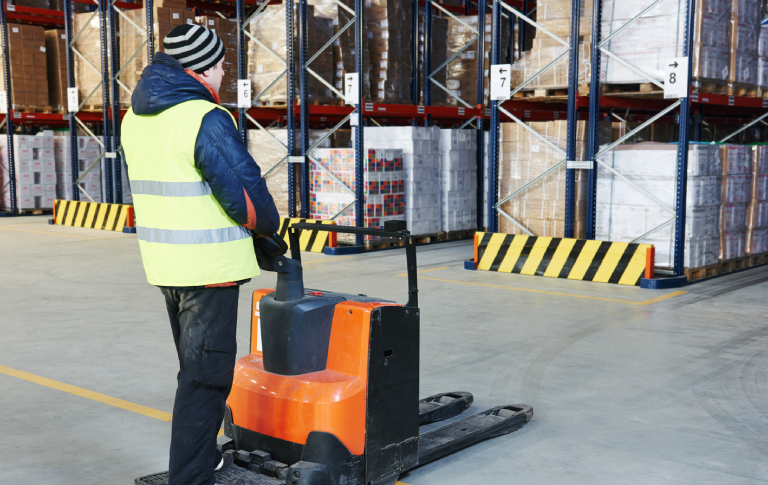The Canadian warehousing industry is a vital cornerstone of economic stability and growth. Innovative warehousing solutions are pivotal in optimizing supply chain management worldwide in various sectors. Notably, the Canadian warehousing landscape is currently experiencing significant changes and innovations that are poised to reshape the industry.
The Importance of Warehousing in the Canadian Economy
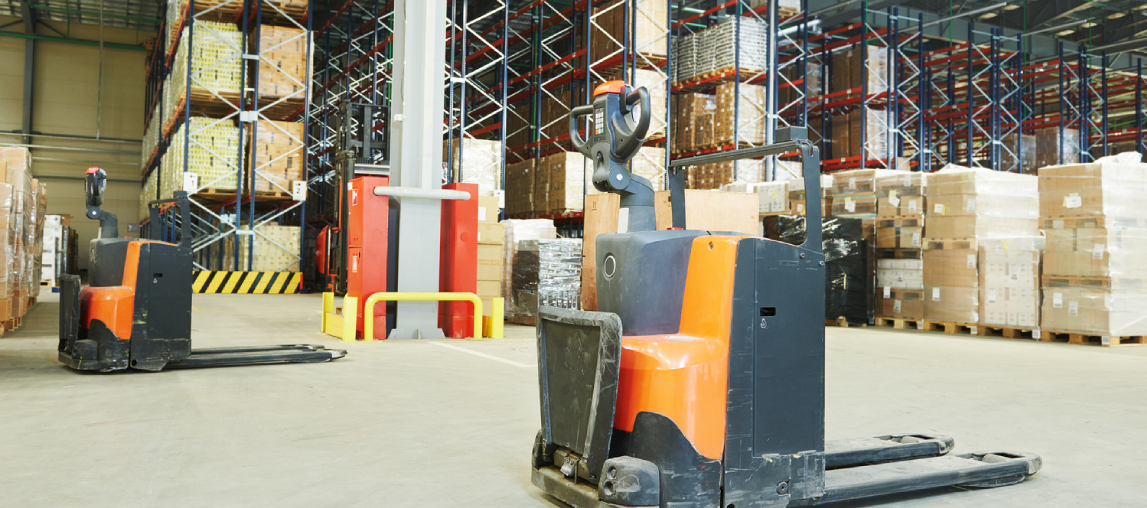
Warehousing is the backbone of supply chain management, ensuring the efficient storage and distribution of goods and products. It plays a vital role in various industry sectors, including manufacturing, retail, agriculture, and e-commerce, contributing significantly to the Canadian economy.
Efficient warehousing operations and value-added services reduce operational costs, give flexibility in business model flexibility, enhance customer satisfaction by their returns, and ensure product brokerage services are readily available when needed.
Key Players in the Industry
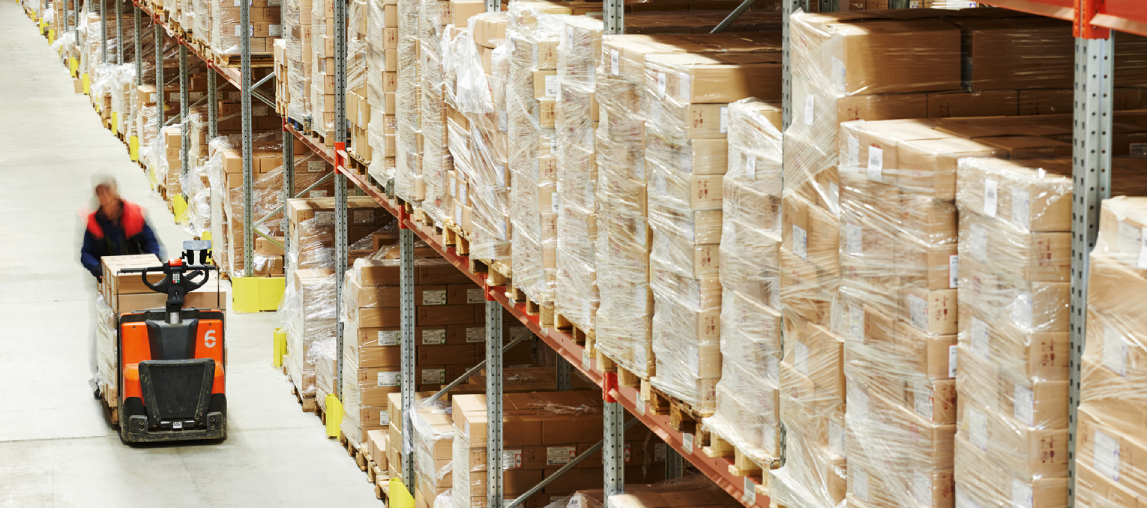
Canada’s warehousing industry is by the presence and success of several key players, including third-party logistics solution providers (3PLs), established logistics best warehousing companies, and a growing number of tech-driven startups. These players continually expand and diversify to improve their services to meet client’s evolving needs and requirements in a rapidly changing business environment.
Technological Advancements
Automation and Robotics
Key Trends Shaping Warehousing in 2024
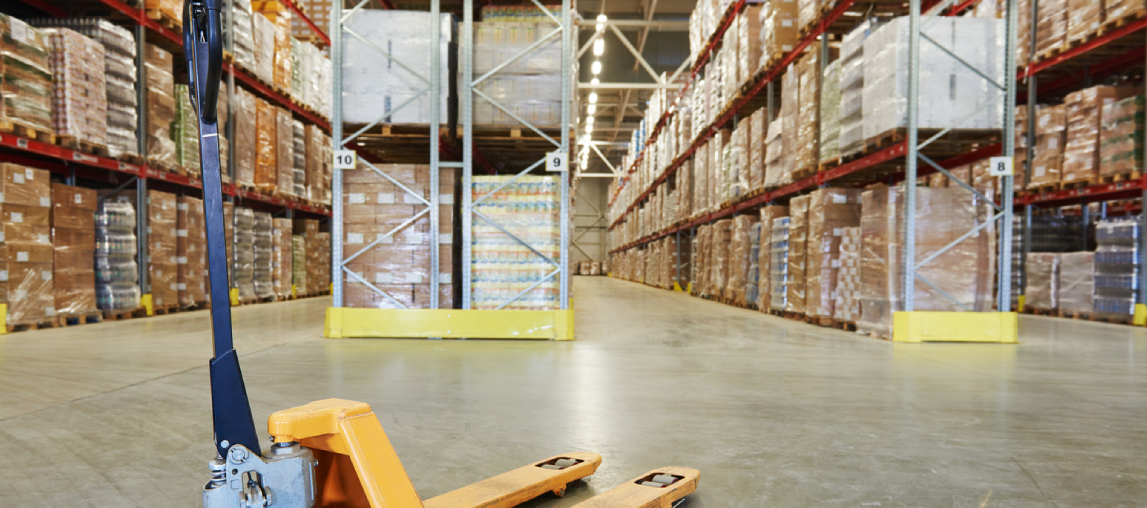
In 2024, the warehousing industry in Canada is witnessing a dynamic shift driven by several key trends.
The explosive growth of retail e-commerce is driving demand for more storage space and fulfillment, while last-mile logistics challenges are sparking innovations to ensure the efficient delivery of goods to consumers.
These trends are shaping the warehousing landscape, making it more efficient, sustainable, and responsive to the changing demands of the Canadian economy.
Introduction of Artificial Intelligence
Predictive Analytics
Supply Chain Forecasting
Sustainability Initiatives
Green Warehousing Practices
Renewable Energy Adoption
E-commerce and Last-Mile Logistics
Impact of E-commerce Growth on Warehousing
Last-Mile Delivery Challenges and Solutions
Cold Storage Facilities
Rising Demand for Cold Storage
Investments in Refrigerated Warehouses
Workforce and Labor Trends
Labor Shortages and Solutions
Skill Development and Training Programs
Location and Infrastructure
Proximity to Transportation Hubs
Infrastructure Development for Efficient Warehousing
Regulatory Changes and Trade Agreements
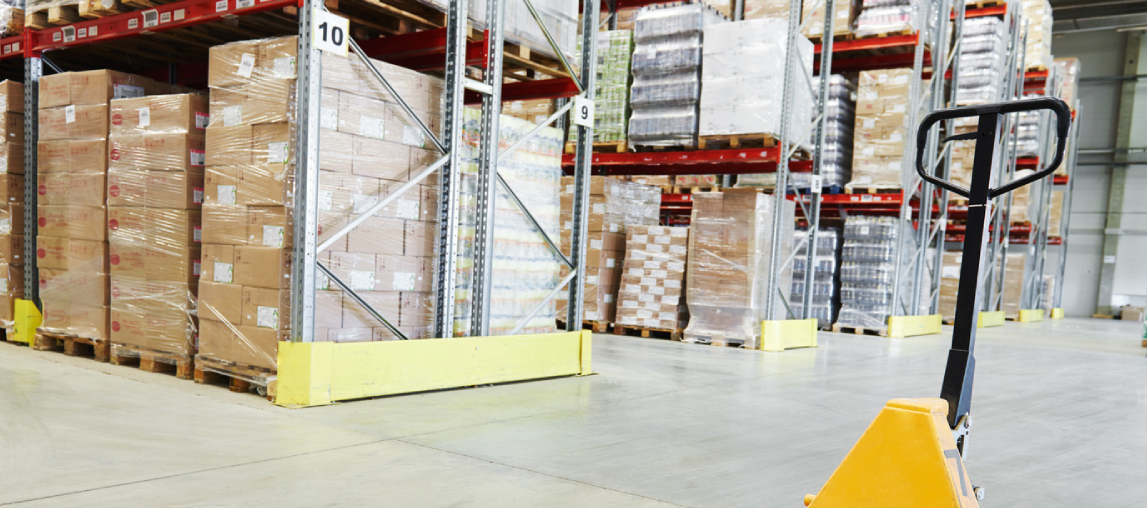
Regulatory changes and trade agreements are critical factors that influence the operations of the warehousing industry in Canada.
International trade agreements profoundly impact cross-border trade, import-export regulations, and customs procedures, directly affecting the flow of goods in and out of warehouses.
Understanding and complying with these agreements’ requirements is essential for businesses to remain competitive and avoid potential disruptions or penalties.
Impact of International Trade Agreements
International trade agreements and regulatory changes directly impact Canadian warehousing operations. Understanding and complying with these agreements is essential for businesses operating in the global marketplace.
Compliance and Regulatory Updates
Warehousing companies must stay informed about evolving regulations, including those related to customs and trade compliance, to avoid potential disruptions and penalties.
Technological Innovations
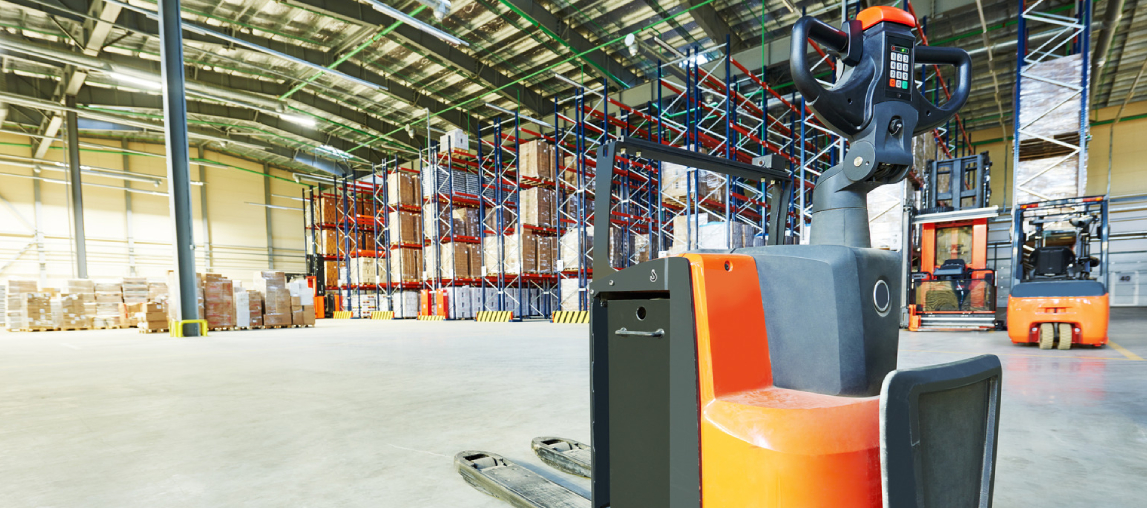
From integrating automation and robotics, which enhance efficiency and reduce labor costs, to implementing artificial intelligence, which empowers predictive analytics and supply chain forecasting, these innovations stream operations and decision-making.
Data analytics and the Internet of Things (IoT) provide warehouses with real-time insights and data-driven solutions.
These technological advancements are improving productivity and shaping a more sustainable and data-driven future for the whole warehousing and distribution services industry in Canada, where smart warehouses are becoming the norm rather than the exception.
Robotics and Automation
Continued advancements in robotics and automation are streamlining warehouse operations, improving accuracy transparency, and enhancing the facility experience and overall efficiency.
Artificial Intelligence (AI)
AI revolutionizes warehousing and distribution services by enabling predictive analytics, supply chain forecasting technologies, and data-driven decision-making.
Data Analytics and IoT
Data analytics and information from the Internet of Things (IoT) provide warehouses with valuable information and insights into their operations and customers, helping customers make informed decisions and create and optimize processes.
Warehousing and Sustainability
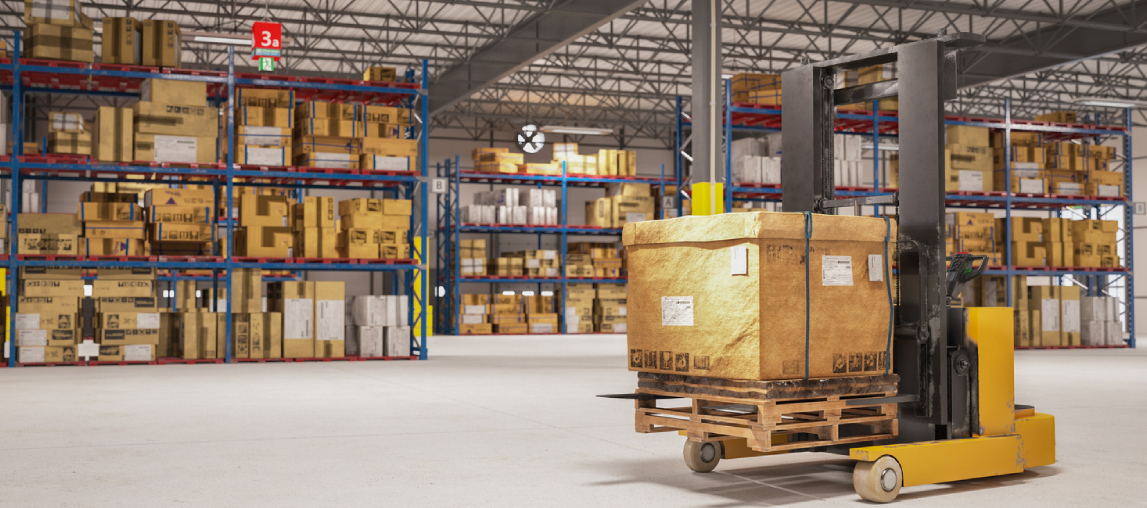
Warehousing and sustainability have become inseparable partners in the modern logistics landscape. With increasing awareness of environmental concerns and the need to reduce the carbon footprint of supply chains, warehousing practices are evolving to embrace sustainability.
The warehousing industry’s commitment to sustainability is environmentally responsible and reflects the growing consumer demand for eco-friendly products and the desire for ethically sourced and distributed goods.
Sustainable warehousing is a critical step towards a greener, more responsible future in logistics.
Sustainable Warehousing Practices
Sustainability is a top priority, with green warehousing practices and renewable energy adoption reducing the industry’s environmental impact.
Renewable Energy Adoption
Adopting renewable energy sources is eco-friendly and cost-effective in the long run.
Key Takeaways of Warehousing in Canada
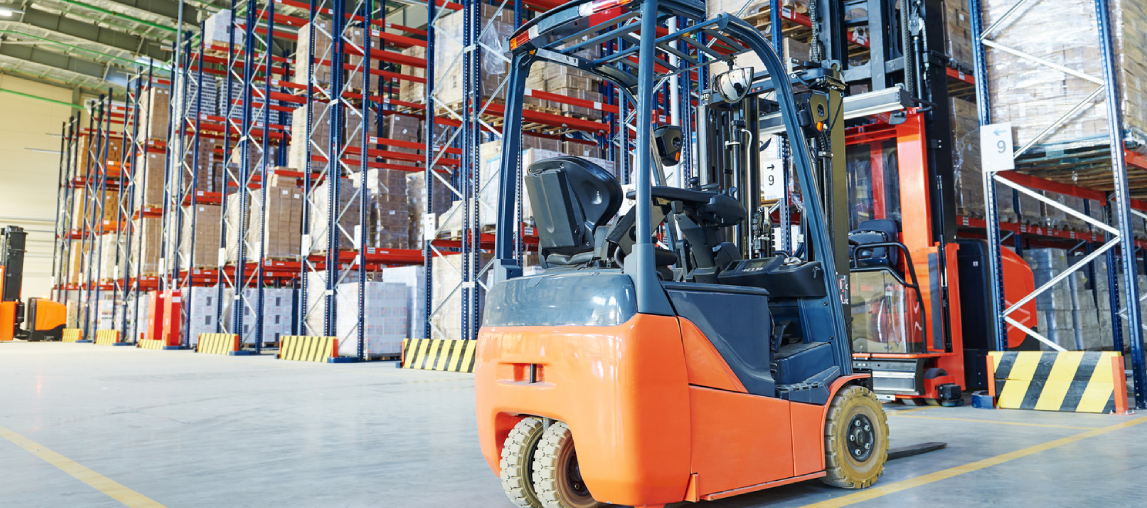
- Transformation in Canadian Warehouse Industry: Canadian warehouse companies are undergoing a significant shift in 2024 due to technological innovations, sustainability initiatives, and changing consumer behavior, notably the growth of e-commerce.
- Embracing Automation: Warehouses are adopting automation, including robotics and artificial intelligence, to enhance efficiency, reduce errors, and improve customer experience.
- Sustainability Initiatives: Sustainability is a critical focus, with companies implementing eco-friendly practices like renewable energy sources and waste reduction to reduce costs and improve long-term viability.
- Adapting to E-commerce: Rapid e-commerce growth has shifted consumer behavior, driving warehouses to reconfigure their facilities and operations to meet customer demands for faster delivery and transparent supply chains.
- Regulatory Compliance and Workforce Development: Warehouses must adapt to changing regulations and invest in workforce development to remain compliant and equip their employees with the necessary skills to handle new technologies.
